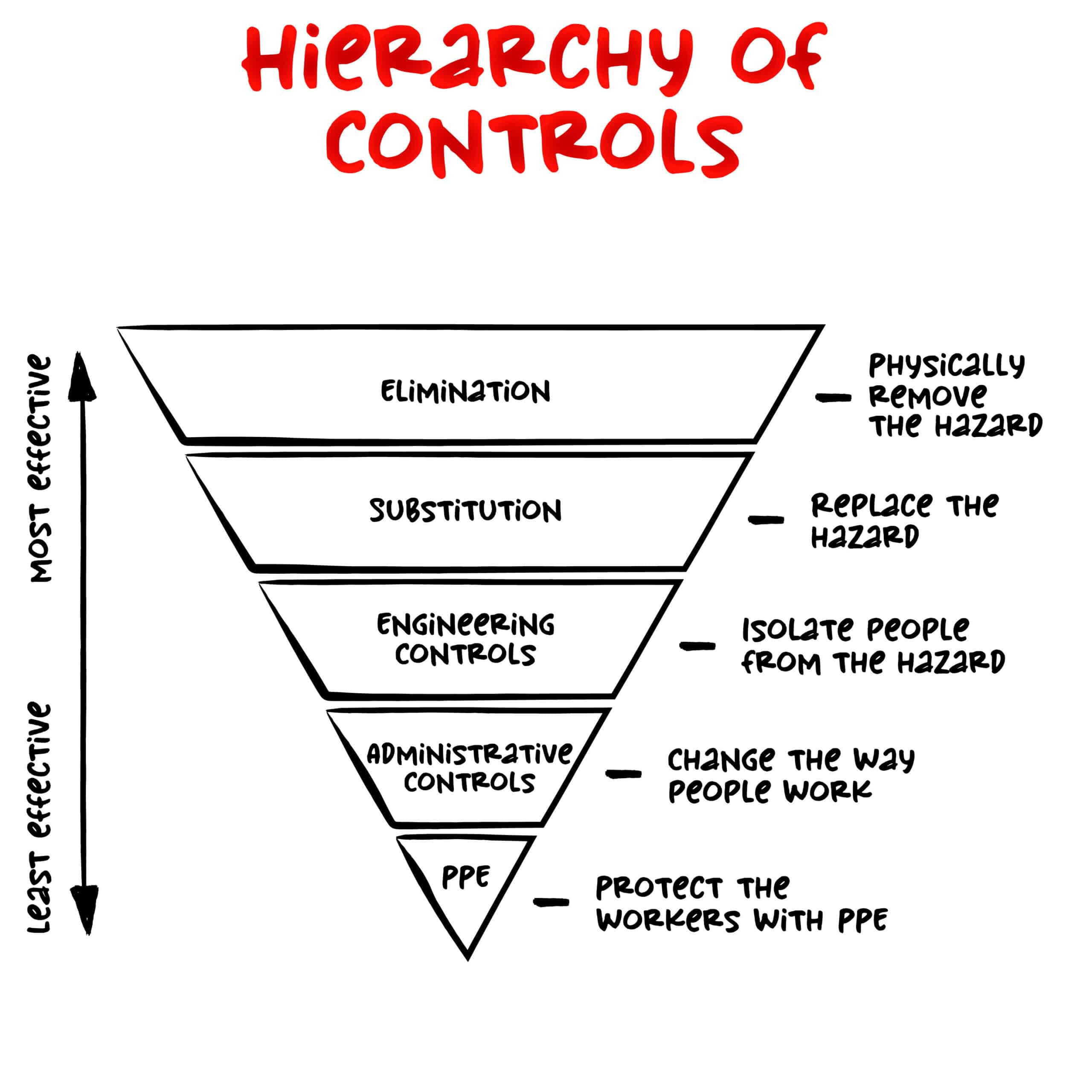Welcome back to our three-part series on Emotional Ergonomics, a transformative approach to workplace safety that expands traditional ergonomics to address the physical, mental, and emotional dimensions of worker well-being.
Before we dive in, be sure to download DORN’s white paper, “Emotional Ergonomics: How the Intersection of Ergonomics, Pain, and Mental Health Shapes Worker Well-Being,” and check out our free webinar to learn how to apply these insights at your organization.
What Is Emotional Ergonomics?
As introduced in Part 1, Emotional Ergonomics is a comprehensive framework rooted in behavioral science, user experience, biomechanics, and traditional ergonomics. It emphasizes the design of work systems and environments that support:
- Physical comfort and performance
- Emotional well-being
- Psychological safety
- Cognitive flow and satisfaction
This framework reduces emotional friction and aligns seamlessly with NIOSH’s Total Worker HealthⓇ model, targeting the intersection of physical and psychosocial risks.

It can be applied across the entire Hierarchy of Controls:
- Elimination
- Substitution
- Engineering controls
- Administrative controls
- Personal protective equipment

While most safety programs today emphasize physical ergonomics, the rising cost of chronic pain, fatigue, burnout, and mental health concerns demands a more holistic, future-ready strategy.
The Challenge: When Pain, Fatigue, and Mental Health Collide
The connection between musculoskeletal disorders (MSDs), chronic pain, and mental health issues like anxiety and depression is well-established. Together, they create a feedback loop that reduces:
- Productivity
- Focus and cognitive function
- Job satisfaction and morale
This cycle often leads to burnout, absenteeism, and high turnover, crippling both team performance and workplace culture. A Gallup study recently estimated that low employee engagement costs the global economy $8.8 trillion annually.
Beyond the numbers, these systemic effects are felt every day on factory floors, in offices, and the field. Safety professionals must ask: How do we break the cycle?
A Roadmap for Integrating Emotional Ergonomics
Here’s a practical roadmap EHS and safety leaders can follow to integrate Emotional Ergonomics into their programs.
Short-Term Actions
- Conduct Holistic Assessments
Expand beyond traditional ergonomic assessments. Include confidential mental health surveys, 1:1 interviews, and assessments of psychosocial risks. - Introduce Foundational Wellness Initiatives
Roll out programs that address:- Fatigue management
- Sleep hygiene
- Biomechanics and pain prevention
- Nutrition and hydration
- Mindfulness and resilience training
- Train Supervisors and Leaders
Equip managers to recognize mental health warning signs and foster psychologically safe environments.
Mid-Term Strategies
- Design Ergonomic Workspaces for Body and Mind
Reconfigure workstations to support posture, reduce strain, and promote human connection. Use design to lower stress and improve focus. - Enhance Employee Assistance Programs (EAPs)
Provide access to counseling, mental health apps, and behavioral coaching to lower barriers to care. - Offer Flexibility Where Possible
Explore options like job rotation, hybrid work, and flexible scheduling to reduce burnout and improve work-life balance.
Long-Term Culture Shifts
- Build a Culture of Transparency and Communication
Encourage open reporting of safety and mental health concerns without fear of retaliation. Empower leaders to model vulnerability and trust. - Invest in Ongoing Mental Health Training
Keep mental health top of mind with regular training, awareness campaigns, and workshops.
Case Study: Google’s Holistic Wellness Model
Tech giant Google offers a blueprint for Emotional Ergonomics in action:
- Fitness and Nutrition: On-site gyms and healthy food options
- Community and Belonging: Shared spaces that promote collaboration and support
- Mental Health Access: Counseling, mindfulness programs, and mental health apps
- Inclusivity: Support groups and networks for underrepresented employees
By investing in both emotional and physical safety, Google has cultivated a high-performing, resilient, and loyal workforce.
What’s Next?
In Part 3 of this series, we’ll explore how Emotional Ergonomics will shape the future of work and what employers can do now to prepare their safety strategies for the next decade.
Download the Emotional Ergonomics White Paper
Watch the Emotional Ergonomics Webinar
Want to integrate Emotional Ergonomics into your workplace? Contact DORN Companies today to explore customized ergonomic and injury prevention programs designed to support your people, body, mind, and soul.


